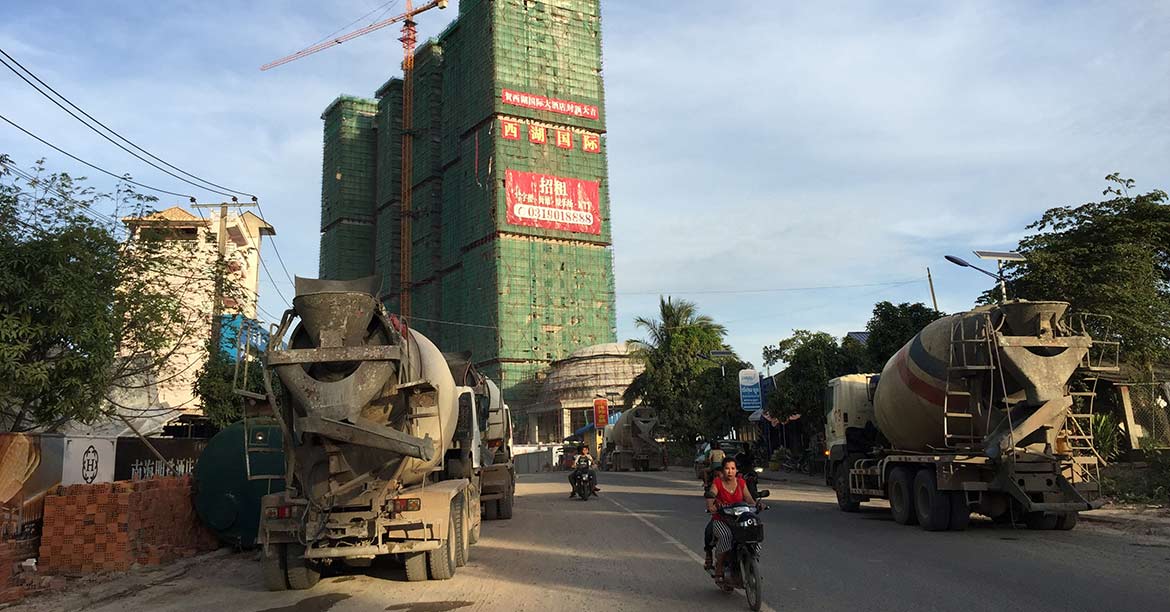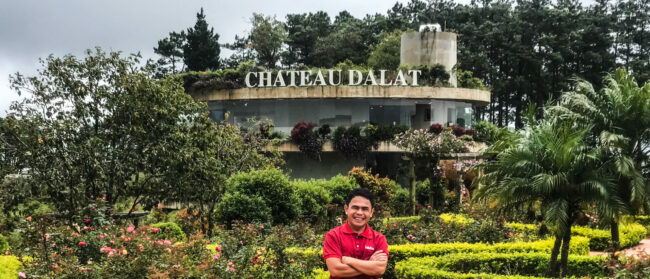“I think Sihanoukville will be the biggest city in Cambodia in 20 years,” says Christophe Forsinetti, chief operating officer for real estate investment firm JSM Indochina. “Look: available land, cheap labour, cheap construction costs, an international airport, Chinese proximity and even the rest of Asia. I mean, that’s a no-brainer.”
The beachside town has the potential to be the next Cancun – a Mexican tourism hub for travellers from around the world that was once an impoverished and unsafe town filled with marshes and mosquitoes before it was transformed by development, he says. If it’s designed and developed with intent, Sihanoukville could be the equivalent destination for travellers from East Asia seeking a temperate climate on holiday.
“The potential is huge,” he says. “It’s going to be a growth engine for Cambodia.”
Based on outbound Chinese tourism alone, the economic reward would be exponential if Cambodia could win over the market. According to research by investment bank CLSA, tourism departures from China broke 135 million people in 2016 and that figure is expected to reach up to 200 million by 2020, with overseas spending anticipated to reach $429 billion in 2021. Thailand is already among the travellers’ most-visited destinations, along with Hong Kong and Macau.
According to Forsinetti, Cambodia could compete in attracting this market, with Sihanoukville at the forefront, if the government sets its sights on the city’s development. This would require a master plan, he says, “with proper setbacks, heights, sidewalks, land use, zoning saying: ‘No, you cannot have a big factory next to a five-star hotel,’ and so on. All of this is still missing so far.”
It would also require improved infrastructure, he says. Electricity from the province’s two coal plants should be distributed across the territory. More reservoirs need to be constructed throughout the province for access to running water. Waste water and sewage must also be addressed, and affordable housing to host hospitality workers who will eventually staff the town’s developments needs to be constructed, Forsinetti adds.
“If the government says: ‘This is our vision. I’ll push hard, and I’m going to put the infrastructure in place, and I’m welcoming any serious investor,’ they’re going to come,” he says, pointing to a need for outside capital that could fund the establishment of branded three- to four-star hotels that might propel the tourism sector.
There are regional examples of this that should spark enthusiasm over Sihanoukville’s future, such as the successful development of Da Nang in Vietnam into a tourism hub over the past decade, according to Jonathan Flexer, senior sales executive for real estate company CBRE Cambodia.
“What we see from regional examples is that properly managed growth can generate huge opportunities,” he says. In Sihanoukville, “local authorities are aiming to link together the important infrastructure nodes, leveraging significant levels of Chinese-led investment under the Belt and Road initiative”.
Already, some of these movements are underway, such as a four-lane, Chinese-funded expressway connecting Phnom Penh to Sihanoukville. Private investment in the area has begun to increase in the past year with Chinese investors who are developing condos and casinos leading the way.
According to CBRE, the mid-2016 relaunch of Sihanoukville International Airport has already brought a significant increase in foreign visitors, specifically from China, with Vietnamese, Russian and Western tourist numbers following close behind.
But recent statistics show that Sihanoukville is still in the early stages of development, Flexer says.
“We look at numbers and we say: ‘Oh, it’s a 200% increase [in tourism and investment], but we must remember that it’s coming from a pretty low base,” he says. “[T]here is still a significant amount of room for growth so long as limiting factors, especially infrastructure capacity, do not artificially cap the market.”


